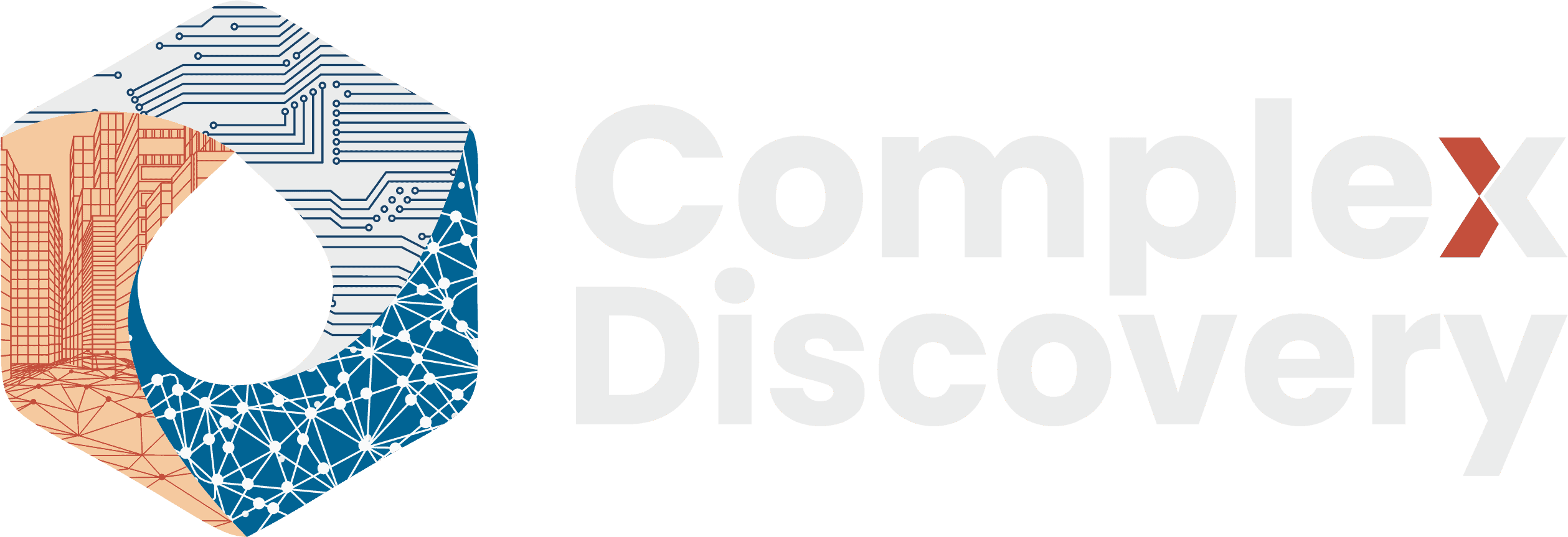Editor’s Note: This article has been updated to reflect new information provided by an AT&T spokesperson regarding the composition and context of the data involved in the 2025 leak. The re-emergence of AT&T customer data in dark web marketplaces this June continues to illustrate how legacy breaches can resurface as renewed threats. However, earlier descriptions characterizing the current leak as containing “decrypted” personal details have been corrected. According to AT&T, Social Security Numbers and Dates of Birth were already exposed in plain text in the original 2024 dataset, albeit stored in separate files that could be combined to reconstruct full profiles. No additional decryption occurred. This incident remains a significant case study in the repackaging and redistribution of compromised data, as well as its implications for breach notification, legal liability, and data protection strategy.
Content Assessment: AT&T Repackaged Data Leak 2025: New Risks from Old Breaches
Information - 93%
Insight - 93%
Relevance - 92%
Objectivity - 91%
Authority - 90%
92%
Excellent
A short percentage-based assessment of the qualitative benefit expressed as a percentage of positive reception of the recent article from ComplexDiscovery OÜ titled, "AT&T Repackaged Data Leak 2025: New Risks from Old Breaches."
Industry News – Cybersecurity Beat
AT&T Repackaged Data Leak 2025: New Risks from Old Breaches
ComplexDiscovery Staff
In June 2025, the cybersecurity and legal technology sectors were jolted by the re-emergence of a massive trove of AT&T customer data on dark web forums. While headlines suggested a new breach, a closer look reveals this incident is the repackaging and enhancement of data originally stolen in earlier attacks, now more dangerous due to the consolidation and repackaging of previously exposed sensitive information into more accessible and actionable formats.
On May 15, 2025, and again on June 3, a threat actor posted what they claimed was AT&T’s customer database on a Russian-language cybercrime forum. The leak contains over 86 million unique records, including full names, dates of birth, phone numbers, email addresses, physical addresses, and nearly 44 million Social Security Numbers, all in plain text.
Though the dark web seller claimed the data came from the 2024 Snowflake cloud breach, the exact origin of the repackaged data remains under investigation. While AT&T and cybersecurity researchers believe this is primarily a repackaged version of records originally stolen in the 2021 ShinyHunters breach, some reports suggest the leak may also include data from the 2024 Snowflake breach or represent a combination of multiple breaches. The current dataset is more dangerous because previously exposed personal details—especially Social Security Numbers and birth dates—are now consolidated into accessible, linked profiles.
AT&T stated, “After analysis by our internal teams as well as external data consultants, we are confident this is repackaged data previously released on the dark web in March 2024. Affected customers were notified at that time. We have notified law enforcement of this latest development.”
The Evolution of a Multi-Year Breach
The original breach was attributed to the ShinyHunters group in August 2021, when they claimed to possess a database containing the personal information of over 70 million AT&T customers. The group listed this data for sale on the now-seized Raid Forums marketplace, starting at $200,000. AT&T initially denied that the customer data being offered for sale belonged to it, stating that based on their investigation, the information did not appear to originate from their systems.
However, in March 2024, AT&T confirmed that data leaked from the previously denied 2021 breach did indeed belong to AT&T, acknowledging that it affected approximately 73 million current and former customers. This marked a significant reversal from the company’s initial position and represented one of the largest telecommunications data breaches on record.
The most recent leak involved combining and cleaning up previously separate files, linking Social Security Numbers and birth dates, already exposed in plain text in the original dataset, more directly to individual customer records, increasing accessibility for malicious use. While investigators continue to analyze the data sources, the consensus among cybersecurity experts is that this represents an enhanced compilation of previously stolen information rather than an entirely new breach.
Distinguishing Between Concurrent Breaches
A separate cyberattack surfaced in April 2024 when hackers exploited security flaws in Snowflake, a cloud data warehouse provider. This attack affected over 165 organizations, with AT&T among the victims. The Snowflake-related breach exposed call and text metadata for nearly 110 million AT&T customers between May 1, 2022, and October 31, 2022, along with some records from January 2, 2023. Importantly, this breach involved call logs and interaction data but did not contain personally identifiable information like Social Security Numbers.
Reports indicate that AT&T paid a ransom of approximately $370,000 in Bitcoin to have the Snowflake-related stolen data deleted. The ShinyHunters group was also associated with this Snowflake campaign, having taken credit for the major Ticketmaster data breach connected to the same security incident.
The current 2025 leak represents a dangerous evolution because it takes the 2021 ShinyHunters data and enhances it by restructuring and consolidating previously exposed fields, such as Social Security Numbers and birth dates, into complete identity profiles, making them more readily usable by threat actors.
Corporate Response and Legal Implications
AT&T has reiterated that all affected customers were notified after the 2024 acknowledgment and is not planning to reissue notifications for this repackaged data. The company continues to offer credit monitoring and identity theft protection to those impacted and has notified law enforcement of this latest development.
This incident has prompted legal action against AT&T, with class-action lawsuits being filed by affected customers. While the legal proceedings are still developing and outcomes remain uncertain, the cases generally allege negligence in protecting customer data and seek financial compensation for affected individuals. The repeated security incidents and AT&T’s initial denial followed by later acknowledgment of the 2021 breach have drawn scrutiny from critics who allege inadequate security measures and transparency issues.
Customer Protection Recommendations
Customers are advised to take immediate protective measures including monitoring credit reports and financial accounts for suspicious activity, enabling multi-factor authentication on all digital accounts, and using AT&T’s online tools to check if their data was affected if they were customers during the 2021-2023 timeframe when the various breaches occurred.
Security experts particularly recommend switching from SMS-based multi-factor authentication to app-based or hardware tokens, as phone numbers can be exploited for SIM-swapping attacks. Given that both dates of birth and Social Security Numbers have been compromised, affected individuals should consider placing fraud alerts or freezing their credit reports to prevent unauthorized accounts from being opened.
Industry-Wide Implications
This incident underscores the evolving risks of legacy breach data and highlights several critical challenges facing the cybersecurity and legal technology sectors. As threat actors repackage and recompile old datasets, the danger to individuals and organizations increases exponentially. The ShinyHunters group, which remains under investigation by the FBI, Indonesian police, and Indian police, has demonstrated a pattern of targeting major corporations and repackaging stolen data for maximum financial gain.
The case illustrates how initial data breaches can have long-lasting consequences, with stolen information becoming more dangerous over time as data is reformatted, recompiled, consolidated, and redistributed in increasingly exploitable ways. The ongoing uncertainty about the exact composition of the current leak—whether it represents purely repackaged 2021 data or includes elements from subsequent breaches—highlights the complex challenges facing forensic investigators and affected organizations in the aftermath of major security incidents.
The breach also raises questions about corporate transparency and the timing of breach disclosures. AT&T’s initial denial of the 2021 breach, followed by acknowledgment in 2024, and now the reappearance of enhanced data in 2025, demonstrates the extended lifecycle of major data security incidents.
For the broader cybersecurity industry, the incident reinforces the importance of continuous monitoring, robust encryption that can withstand future attack methods, and transparent communication with affected parties. As threat actors become more sophisticated in their ability to enhance and repackage stolen data, organizations must prepare for the reality that data breaches may have consequences extending far beyond their initial discovery and disclosure.
Continuous monitoring, implementation of zero-trust security models, and proactive customer communication remain essential for all data-driven enterprises seeking to protect against both initial breaches and the ongoing risks posed by legacy compromised data.
News Sources
- Major data breach exposes 86 million AT&T customer records, sparking identity theft fears: SSNs among details breached by hackers (New York Post)
- AT&T Investigating New Leak of 86 Million Customer Records with Decrypted SSNs (Cyber Insider)
- AT&T customers face an alarming new threat (The Street)
- AT&T investigating massive data leak affecting millions of users (Mashable)
- AT&T investigates claimed sale of 70m customer data dump (The Register)
Assisted by GAI and LLM Technologies
Additional Reading
- The LockBit Breach: Unmasking the Underworld of Ransomware Operations
- The TeleMessage Breach: A Cautionary Tale of Compliance Versus Security
- Inside CyberCX’s 2025 DFIR Report: MFA Failures and Espionage Risks Revealed
Source: ComplexDiscovery OÜ







































